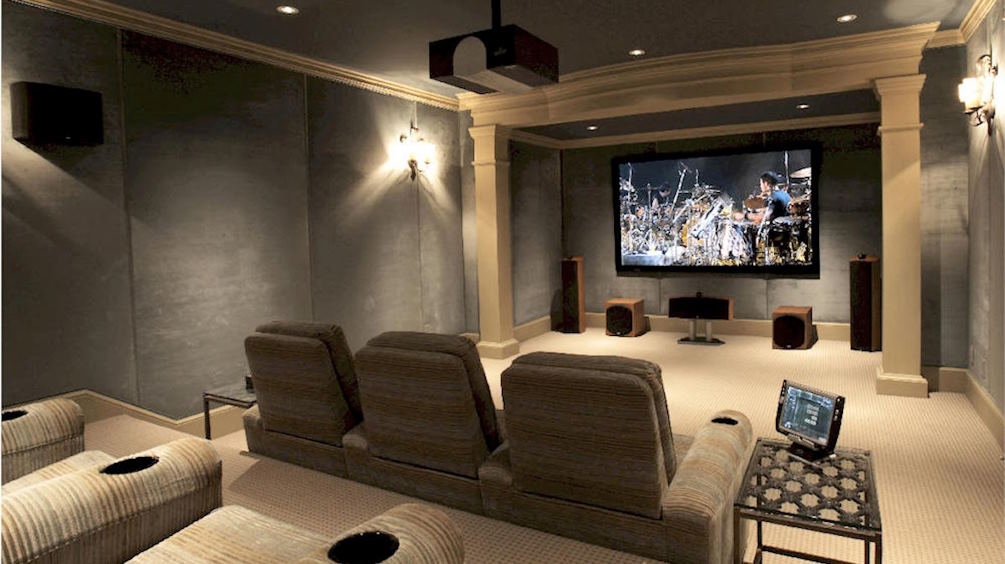The world of entertainment has undergone a profound transformation in recent years, with the way we consume movies being at the forefront of this change. As technology continues to evolve, audiences are faced with an age-old dilemma: to watch movies in the comfort of their own homes or to venture out to the traditional cinema. The decision between home viewing and the theatrical experience has become more complex than ever, prompting a closer examination of the benefits associated with each option. As the landscape of film consumption evolves, understanding the merits of both options becomes essential for cinephiles and casual viewers alike.
The Cost Factor
One of the primary considerations in the debate between watching movies at home and going to the theater revolves around cost. Home entertainment has seen a revolution with the advent of subscription services and streaming platforms, providing a vast library of movies at a fraction of the cost of traditional theater outings. The rise of affordable, high-quality home entertainment systems further enhances the appeal of staying in. On the flip side, the theater experience demands a more significant financial commitment. Ticket prices, especially for premium formats, coupled with the temptation of indulging in snacks and drinks, can quickly escalate the overall expense. When analyzing the cost factor, it becomes evident that watching movies at home offers substantial savings for avid moviegoers.

Convenience: The Home Advantage
The allure of watching movies at home lies in the unparalleled convenience it offers. The comfort of your own couch, the ability to pause and resume at will, and the flexibility to choose when and what to watch are all significant advantages. Home viewers have the luxury of creating their ideal cinematic setting, adjusting lighting, temperature, and noise levels to suit personal preferences. Additionally, the availability of homemade snacks and drinks eliminates the need for expensive concessions. On the other hand, the theater experience imposes certain inconveniences, such as limited seating choices and fixed showtimes, potentially disrupting the spontaneity that home viewing allows. When considering convenience, it’s clear that the home setting provides a more tailored and flexible movie-watching experience.
The Experience: Control vs. Immersion
The home movie-watching experience is characterized by the viewer’s control over their environment. The ability to pause, rewind, and watch at one’s own pace grants a level of autonomy that theaters cannot match. This control extends to the overall comfort of the setting, making it ideal for those who value personal space and autonomy. In contrast, theaters offer a unique and immersive experience that goes beyond what home systems can provide. State-of-the-art projection and audio systems, coupled with larger-than-life screens, create a cinematic spectacle that home setups may struggle to replicate. The communal aspect of watching a film with a live audience adds a layer of excitement and shared emotion that home viewing may lack. The choice between control and immersion becomes a matter of personal preference, with each option catering to different aspects of the movie-watching experience.
Quality: Technological Advancements
Advancements in technology have significantly influenced the quality of both home entertainment systems and theater setups. High-definition televisions, sophisticated sound systems, and improvements in streaming quality have elevated the home viewing experience to new heights. Streaming services now offer 4K resolution and Dolby Atmos sound, bringing the cinematic experience directly into our living rooms. Theaters, however, continue to invest in cutting-edge technology, boasting state-of-the-art projection and audio systems. The visual and auditory enhancements provided by theaters contribute to an unparalleled level of quality. The choice between home and theater quality hinges on the viewer’s emphasis on technological advancements and their willingness to invest in the latest equipment.

The Social Aspect
The social dimension of movie-watching also plays a crucial role in the home vs. theater debate. At home, viewers have the option to indulge in solo viewing or gather in smaller, intimate groups. The rise of social media and online discussions further enhances the social aspect of home viewing, allowing individuals to share their thoughts and reactions with a global audience. On the contrary, the theater experience is inherently communal. The shared reactions of a live audience, the collective gasps or laughter, contribute to a unique social dynamic that is challenging to replicate at home. Post-movie discussions with friends become a shared experience rather than a virtual exchange. The choice between the comfort of private viewing and the communal spirit of the theater depends on the viewer’s preference for social interaction.
Impact on the Film Industry
The evolving preferences of audiences regarding movie-watching locations have a significant impact on the film industry. Box office revenue, once the primary metric of a film’s success, now competes with streaming rights and online platforms. Filmmakers face the challenge of creating content that caters to both the theatrical and home viewing experiences. The shift towards streaming services has led to changes in storytelling and production trends, with filmmakers adapting to the demand for content suited to diverse viewing platforms. As the industry navigates this transformative period, understanding the audience’s viewing habits becomes crucial for the continued success of filmmakers and studios alike.


